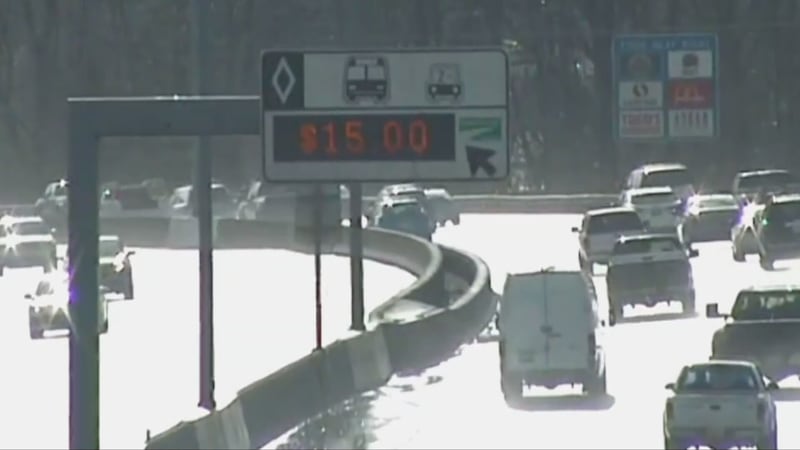Renton, Wash. — It’s March 1 and the toll rates have officially increased for both Interstate 405 and State Route 167.
The minimum rate for either highway is going up to $1 and the maximum rate is jumping up to $15.
“I’m about to drown in my tears. But that is way too much. Way too much,” said driver Vincent Bembry.
Bembry, like many other drivers, are shocked to see the new price jump for a road he takes everyday.
“Especially for somebody that has to commute to Seattle and Kirkland,” he explained. “If I have enough time, or just stay in the regular lanes. But if I’m in a hurry, I’ll use a toll.”
The new toll hours will be from 5 a.m. to 8 p.m.
The $15 toll rate won’t be effective all the time, but you’ll likely see it during peak hours.
“The peak period is generally the morning commute in the southbound direction, so heading from Lynnwood to Bellevue. And SR-167, that morning peak period is the opposite. So heading northbound from Auburn,” said Chris Foster, who is the Communications Manager for the Washington Department of Transportation.
He said same goes for the afternoon commute peak hours when traffic is heavy northbound on I-405 and southbound on SR-167.
KIRO 7 found ways you can save money, despite the rising tolls.
1) Plan ahead: find alternate routes so you don’t have to take the express lanes when tolls are high.
2) Avoid driving during peak hours: Morning and afternoon commutes are typically when tolls hit their maximum rate
3) Sign up a Good to Go account: It can save you come cash if you take the toll roads regularly
“Signing up for the account is free. If you sign up for an account, and you have a pass installed in your vehicle, you’ll save $2 On every toll. So it can add up and you know, it takes about maybe 15 minutes to sign up,” Foster explained.
Why did rates increase?
“We were reaching those caps a lot more frequently as congestion in the corridor picked up and the demand for reliable trip was increasing. So a big part of this is to help address some of those pain points and help keep the lanes moving for transit, HOV, and people who choose to pay to use the lanes,” Foster explained.
Where does the money go?
“Toll revenues are used to operate and maintain the toll roads, the equipment, but then a revenue that’s leftover is meant to be reinvested back into the corridor for important projects to kind of help address pain points,” said Foster.
You can find up-to-date toll rates on the WSDOT app.
©2024 Cox Media Group








